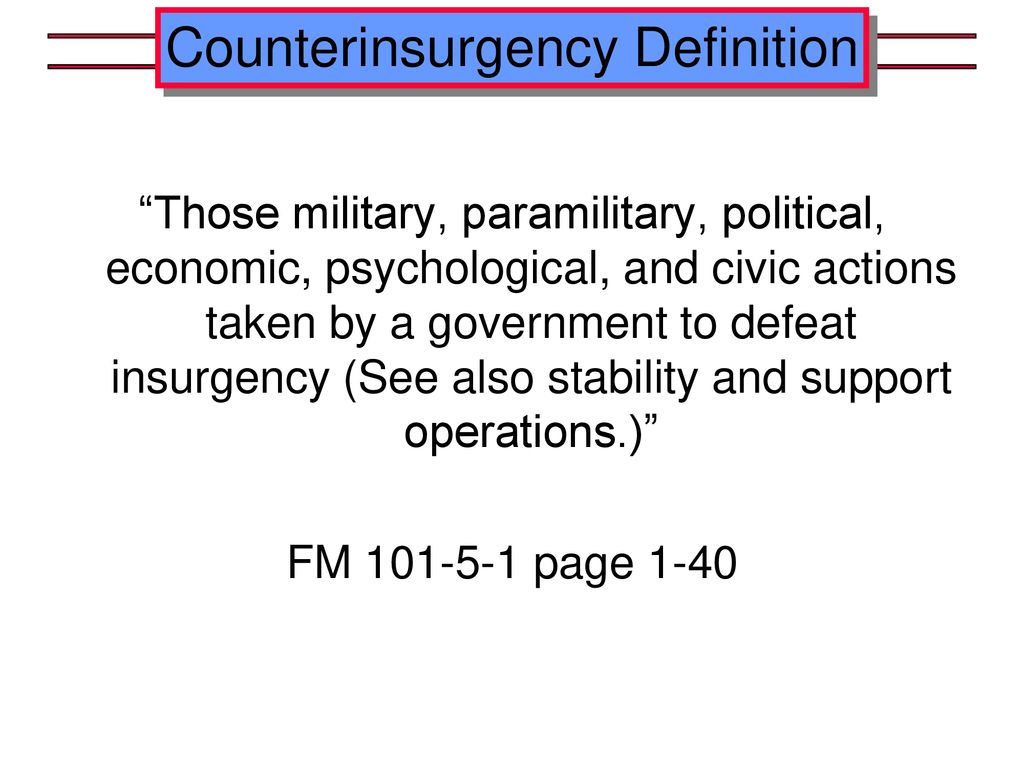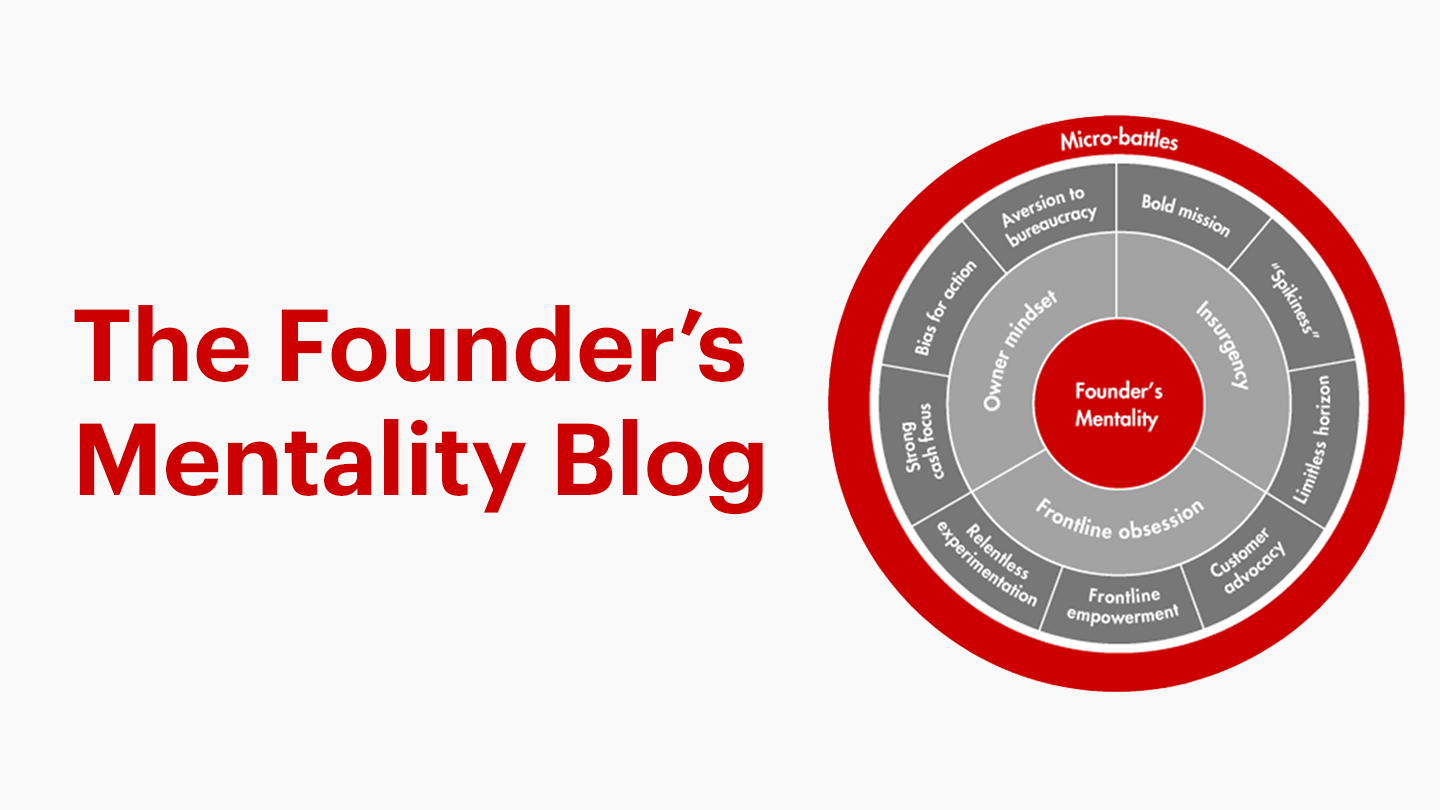

James Fearon and David Laitin explain the peak in the 1990s as the result of the accumulation of protracted conflicts: 2 During this peak, around a third of countries in Sub-Saharan Africa were engaged in civil war. These two graphs show precisely how the number of civil wars increased from the end of the Second World War before peaking in the 1990s and the distribution of conflict lengths. Both the Korean War and Vietnam War began as civil wars but ended up drawing in resources from the US and Soviet Union. The struggle for global superiority between the United States and the Soviet Union led both to engage in proxy wars with one another. The rising number and intensity of conflicts between the end of WWII and the collapse of the Berlin Wall (1945-89) is associated with the Cold War. What is more, many modern conflicts in the Middle East (both civil and conventional wars) have their roots in the division of the Ottoman Empire.

The collapse of the Russian Empire in 1917 led to the Russian Civil War and the deaths of millions of people.

The end of the WWI saw the collapse of the Ottoman, Austro-Hungarian, German and Russian Empires, as well as the beginning of the end of the remaining European powers. (In Kenosha, police were caught on camera tossing water bottles to armed right-wing militants, thanking them for coming out to help.Over the course of the 20th century, the deaths from civil wars (as defined by PRIO-UPSALA dataset) first spike at the end of the First World War, and flare up again in the interwar years as well as the end of the Second World War. His words encourage some police, in some cities, to take the same view. More than that, he has lumped antifa alongside the truly peaceful protesters of Black Lives Matter-and alongside the Democratic Party. In general, he rails only against left-wing militants such as antifa activists-never against the right-wing ones, such as the Boogaloo Bois, Patriot Prayer, or Proud Boys. He has declined to criticize Rittenhouse, viewing his actions as self-defense. Instead, he is deliberately fanning the flames as part of a cynical election strategy. Unfortunately, President Donald Trump has no interest in calm. In other words, there is still time for political leaders-locally and nationally-to calm the storm, douse the flames, and stifle the violent provocateurs across the spectrum, while also addressing the underlying social, political, and racial issues that sparked the (legitimate) protests.


 0 kommentar(er)
0 kommentar(er)
